Suku Orgyiini
| Latin Name | Observation date | Location |
|---|---|---|
| Suku Orgyiini | December 17 2024 | Buket Alue Puteh, Aceh, Indonesia |
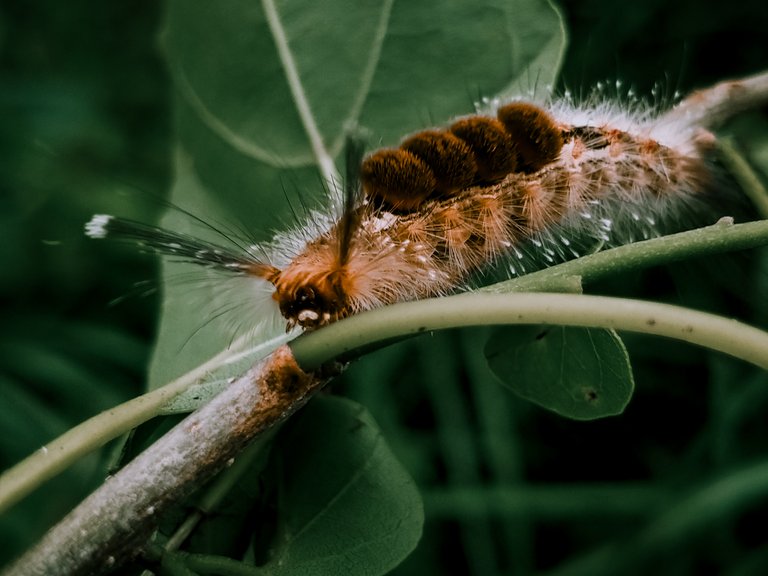
This is one of the beautiful Orgyiini caterpillar species that I found in the forest near my house, this beautiful caterpillar belongs to the Lymantriidae family which is an interesting group of insects to study, especially because of its unique life cycle and behavior, caterpillars from the Lymantriidae family are famous for the beauty and diversity of their morphology, although there are several species that are pests for certain plants, one of the characteristics of Orgyiini caterpillars is their dense hairy bodies, the presence of these thick feathers functions as a method of defense from predator attacks because these thick feathers contain poison or irritants that can cause painful irritation if touched.
This orgyiini caterpillar has a life cycle that involves several stages of metamorphosis, starting from an egg then hatching into a larva, this larva or caterpillar then goes through several changes of skin before finally becoming a pupa, and over time, through a long process, this orgyiini caterpillar turns into a butterfly. beautiful adult butterflies, many species of caterpillars from this family are leaf eaters and they often prey on various types of plants, some of which even become pests destroying cultivated plants which are detrimental to farmers, usually farmers are overwhelmed by them in fruit-bearing trees and food crops Others, even though they are considered pests, these caterpillars still have an important role in the ecosystem as a food chain, these caterpillars are a food source for several predators including birds and hunting insects.
Another unique feature of these orgyi caterpillars is their behavioral pattern in terms of migration or group movement. Several species of these caterpillars often move in large groups which gives them more protection against predator attacks. When they are in the larval stage, these caterpillars often form colonies that are close together. This close proximity can be considered as cooperation to protect each of them from danger, in this phase they eat various types of plant leaves around them very greedily, so you don't need to be surprised when you find trees that have lost a lot of leaves and are even damaged in nature. free from the former place where they started their life.
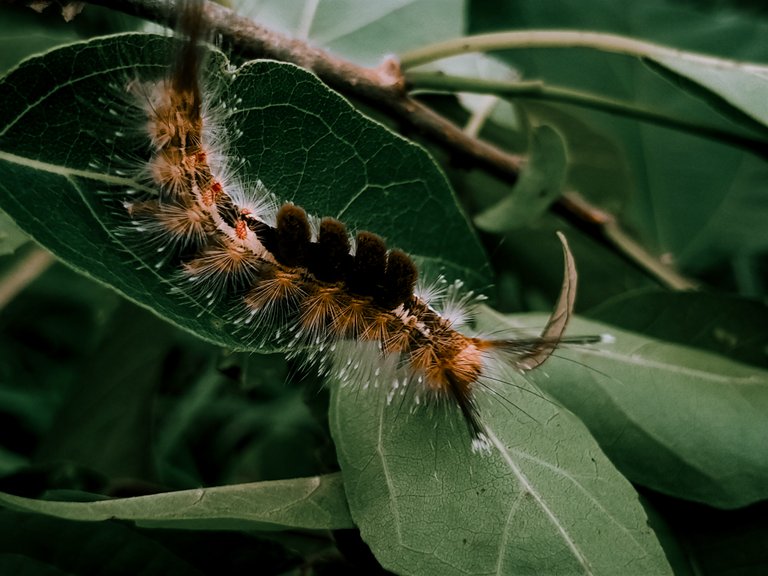
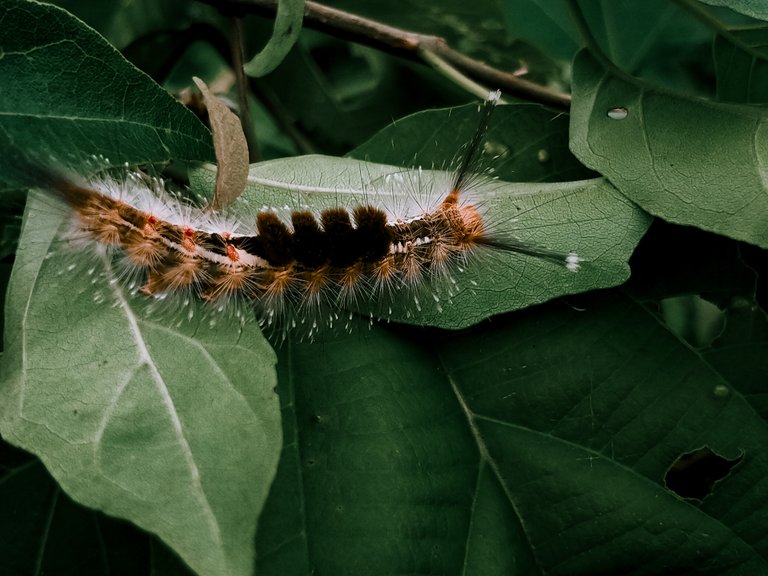
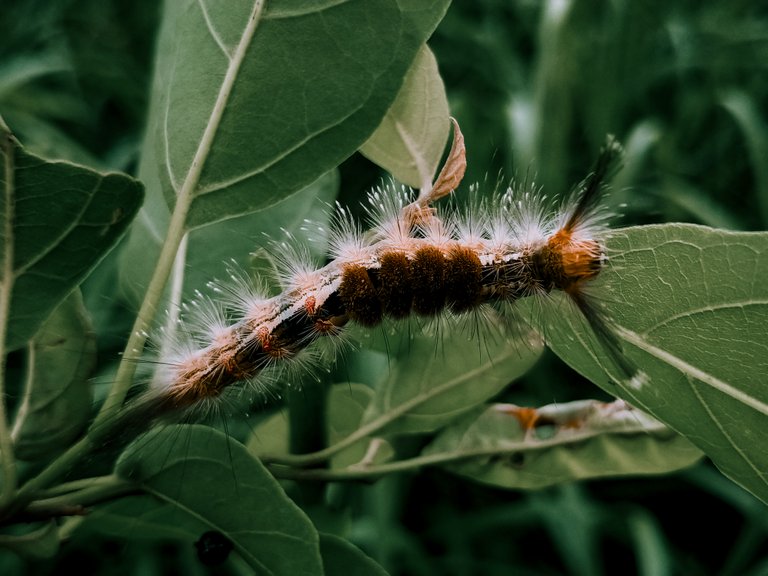
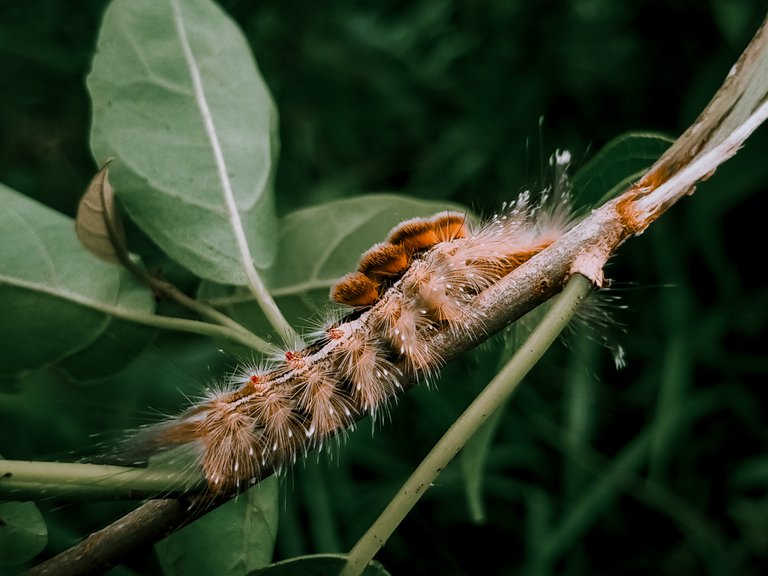
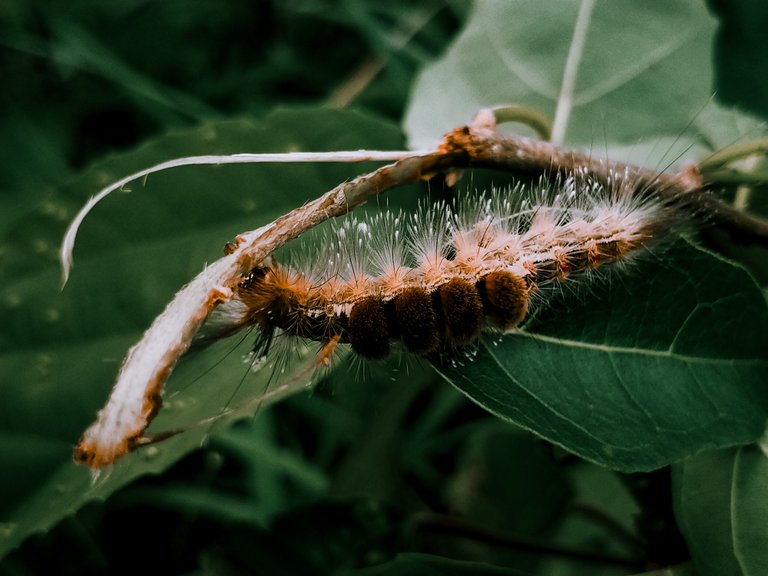
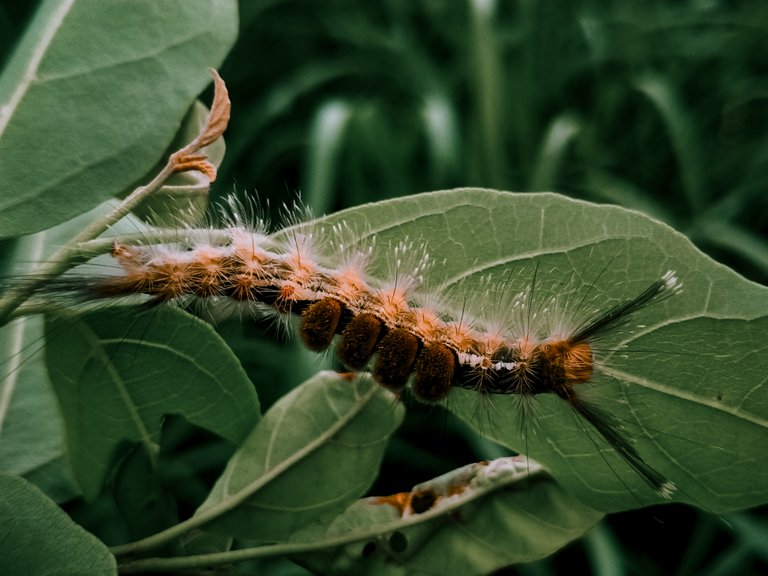
| Camera used | smartphone |
|---|---|
| Lens | - |
| Photography | Suku Orgyiini |
| Location | Buket Alue Puteh |
| Photographer | @lightofhope |
| Link to original | community |
|---|---|
| Link | https://www.inaturalist.org/observations/255579022 |
| Latitude Longitude | Map | |
|---|---|---|
| =5.080479 | =97.46383 | https://www.openstreetmap.org/?mlat=5.0804793232&mlon=97.4638302997 |
This post has been manually curated by @bhattg from Indiaunited community. Join us on our Discord Server.
Do you know that you can earn a passive income by delegating to @indiaunited. We share more than 100 % of the curation rewards with the delegators in the form of IUC tokens. HP delegators and IUC token holders also get upto 20% additional vote weight.
Here are some handy links for delegations: 100HP, 250HP, 500HP, 1000HP.
100% of the rewards from this comment goes to the curator for their manual curation efforts. Please encourage the curator @bhattg by upvoting this comment and support the community by voting the posts made by @indiaunited.
When I was a child, I was very afraid of such insects. No more fear now. But I have never taken a photo from so close. I liked the photos very much.
Thanks for your contribution to the STEMsocial community. Feel free to join us on discord to get to know the rest of us!
Please consider delegating to the @stemsocial account (85% of the curation rewards are returned).
You may also include @stemsocial as a beneficiary of the rewards of this post to get a stronger support.